Many people are now more conscious of the air quality inside their houses. Knowing the fact that some of the industrial materials and ingredients may risk their health and wellness, many people have asked us to give a list of natural air filters to meet their needs. Today, we would like to recommend 20 plants whose ability to cleanse the harmful air elements.
These plants are beneficial to purify the air and also add beauty and unique character to your living space. Therefore, both your mental and physical health being will be improved as you feel easier to inhale and exhale.
#1. Dragon Tree
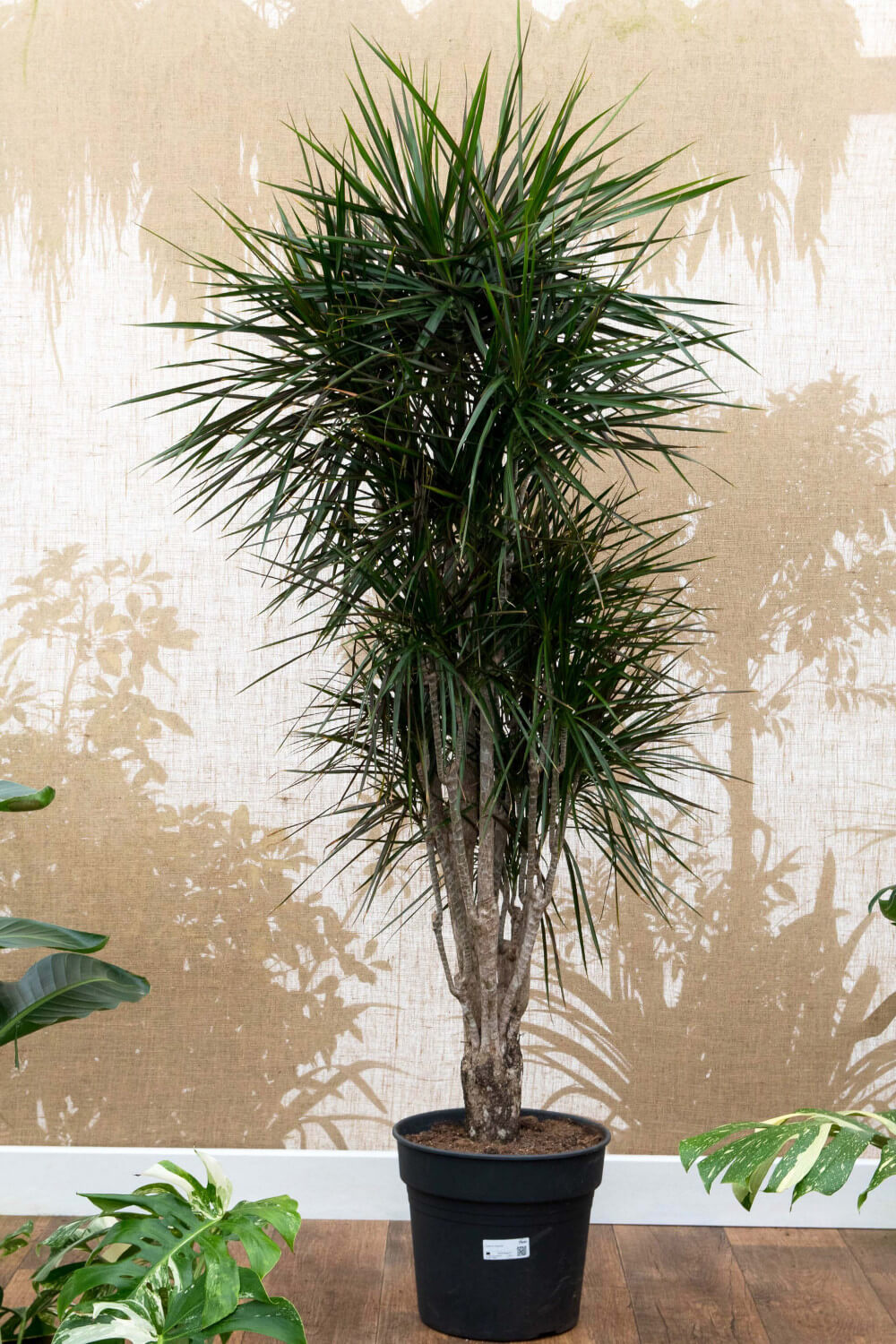 Source: House Of Plants
Source: House Of Plants
- Scientific name: Dracaena marginata
- They help purify the air by getting rid of xylene, trichloroethylene, and formaldehyde
- This houseplant is suitable for both the home and the office as it can bear low light
#2. Rubber Tree
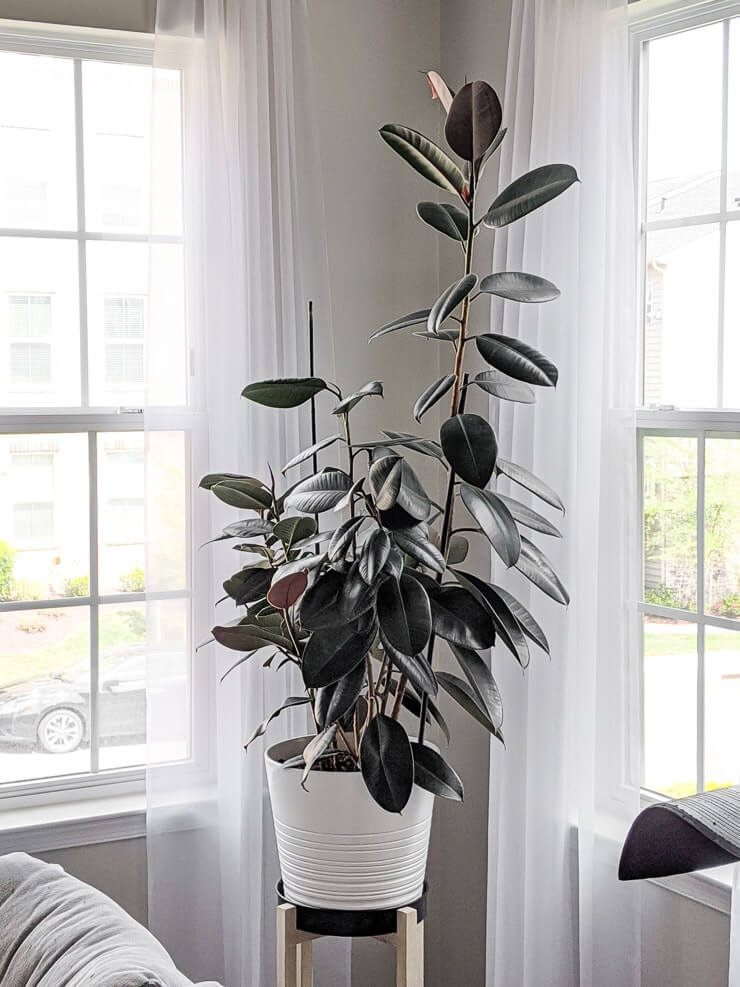 Source: Brittany Goldwyn
Source: Brittany Goldwyn
- Scientific name: Ficus elastica
- They’re proven to be effective in absorbing and breaking down harmful chemicals. Not just that, the prominently unique foliage also contributes to increasing oxygen and decreasing the carbon dioxide
- You should plant them in well-drained potting soil, water them daily and fertilize them when they’re in the growing period
#3. Ficus Tree
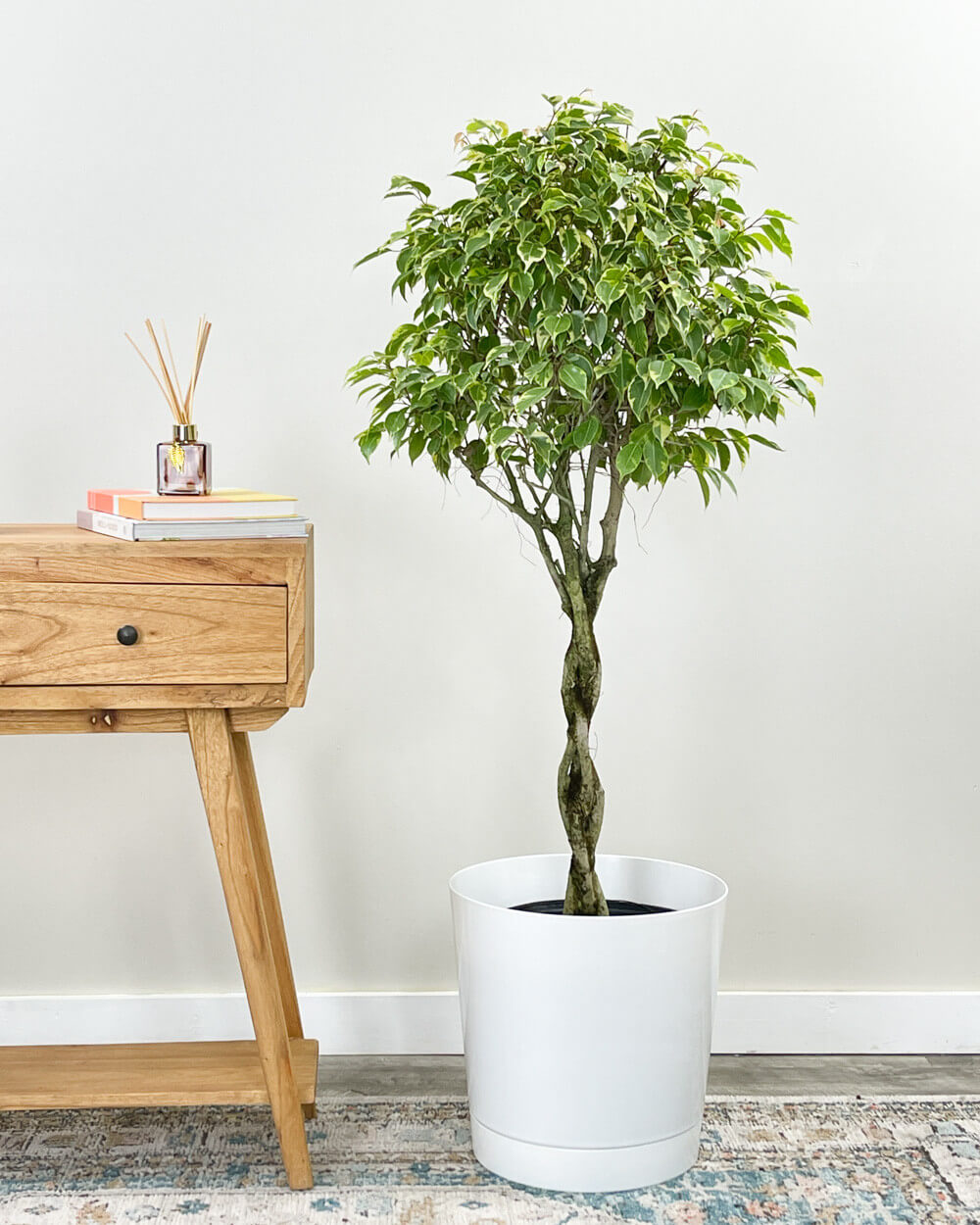 Source: PlantVine
Source: PlantVine
- Scientific name: Ficus benjamina
- They’re well-known for removing pollutants like formaldehyde and xylene
- They need stability and oppose new conditions when their leaves turn yellow. Put them in bright indirect light and high humidity but dried soil
#4. English Ivy
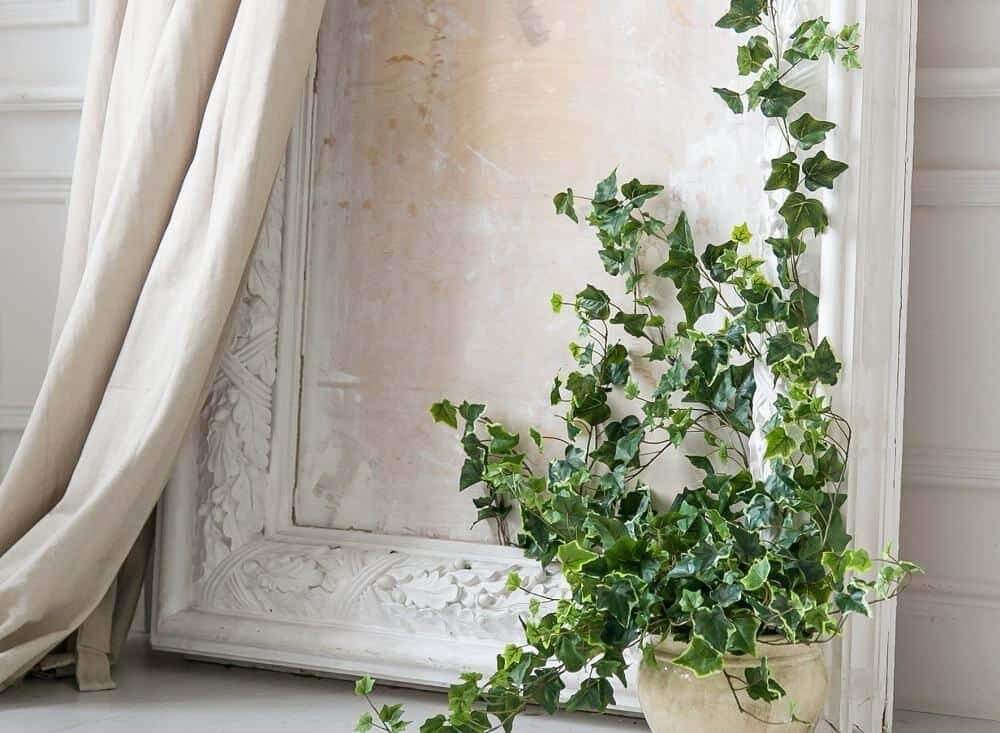 Source: Houseplant Central
Source: Houseplant Central
- Scientific name: Hedera helix
- Their graceful look is not the only benefit. This plant can eliminate harmful chemicals that exist in the home
- Best to grow in full shade to full sun and a perennial that lives happily for several years
#5. Snake Plant
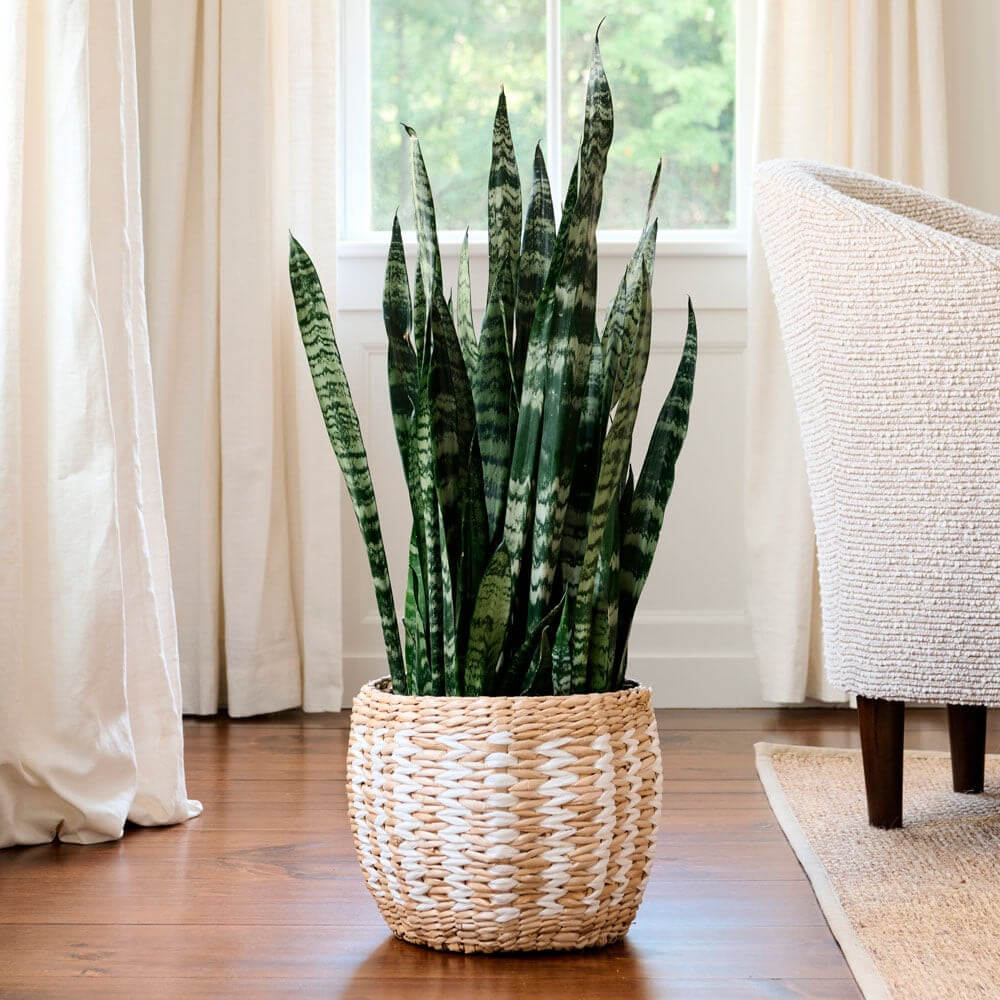 Source: White Flower Farm
Source: White Flower Farm
- Scientific name: Sansevieria trifasciata ‘Laurentii’
- They can remove harmful chemicals from the air
- Tolerate negligence with a small amount of water and low light condition. Feeding them twice a year is enough
#6. Gerbera Daisy
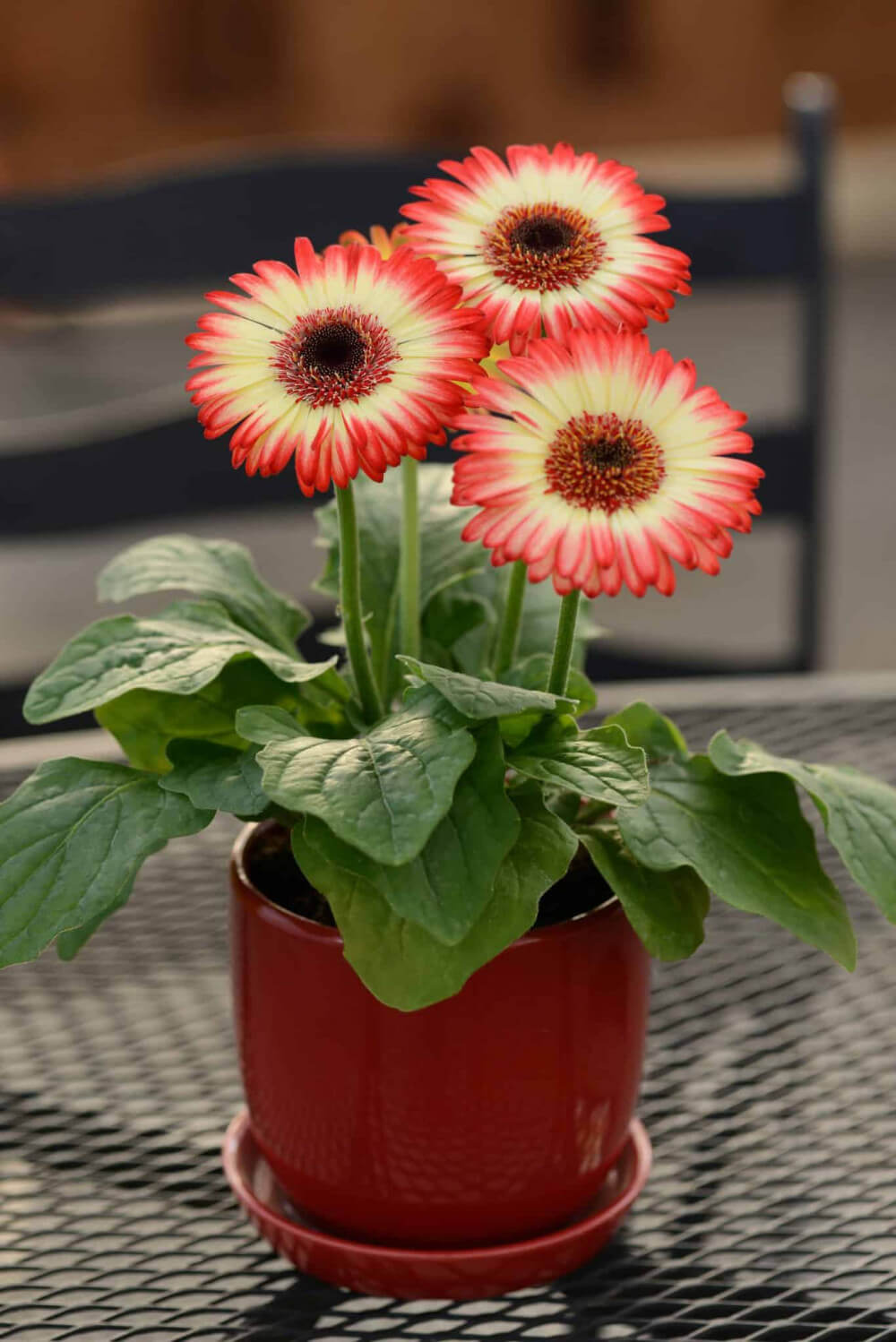 Source: Jolly Farmer
Source: Jolly Farmer
- Scientific name: Gerbera jamesonii
- They’re useful in removing benzene and also evoking a cheerful mood in the home
- Grow best in warm temperatures, at 75 degrees F or higher
#7. Chinese Evergreen
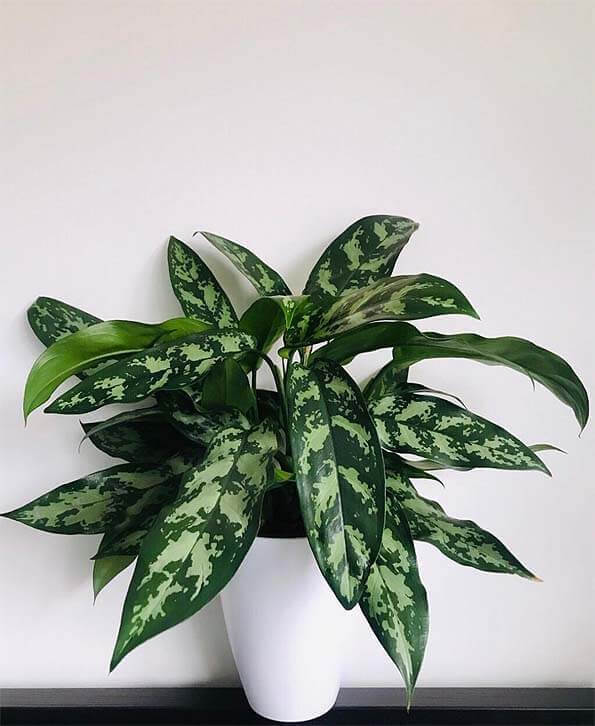 Source: OurHouseplants.com
Source: OurHouseplants.com
- Scientific name: Aglaonema modestum
- Although they’re beneficial for improving air quality in the home, it’s poisonous to pets
- Thrive in low to medium light
#8. Chrysanthemum
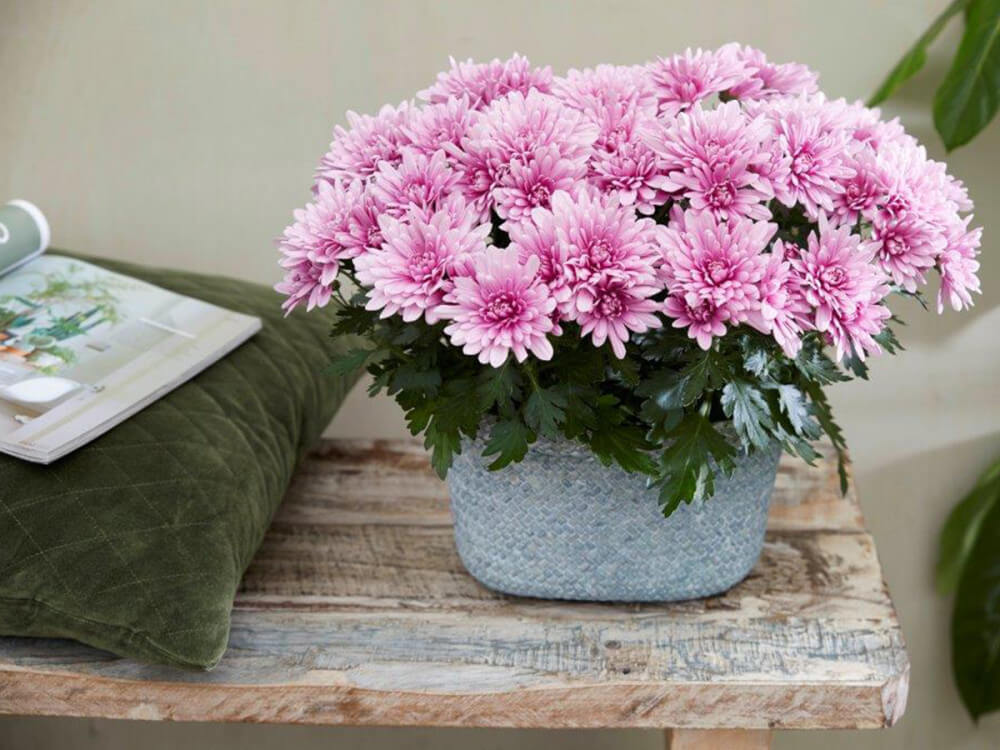 Source: Thursd
Source: Thursd
- Scientific name: Chrysanthemum morifolium
- They are good for repelling benzene out of your house and also add colorful shade to your home decor
- They are sun-loving plants that need 6 or more hours each day sunbathing
#9. Spider Plant
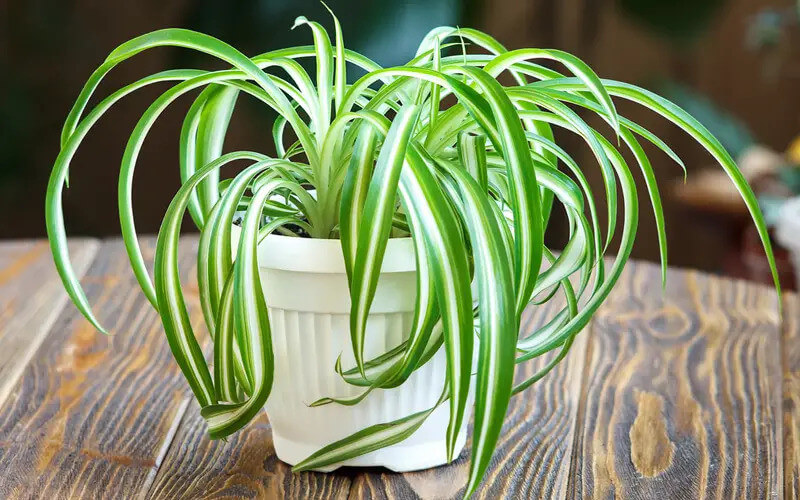 Source: Garden Lovers Club
Source: Garden Lovers Club
- Scientific name: Chlorophytum comosum ‘Vittatum’
- They can drive off harmful pollutants like formaldehyde and benzene
- They opposes soggy soil. You need to dry the soil after watering
#10. Mass Cane/Corn Plant
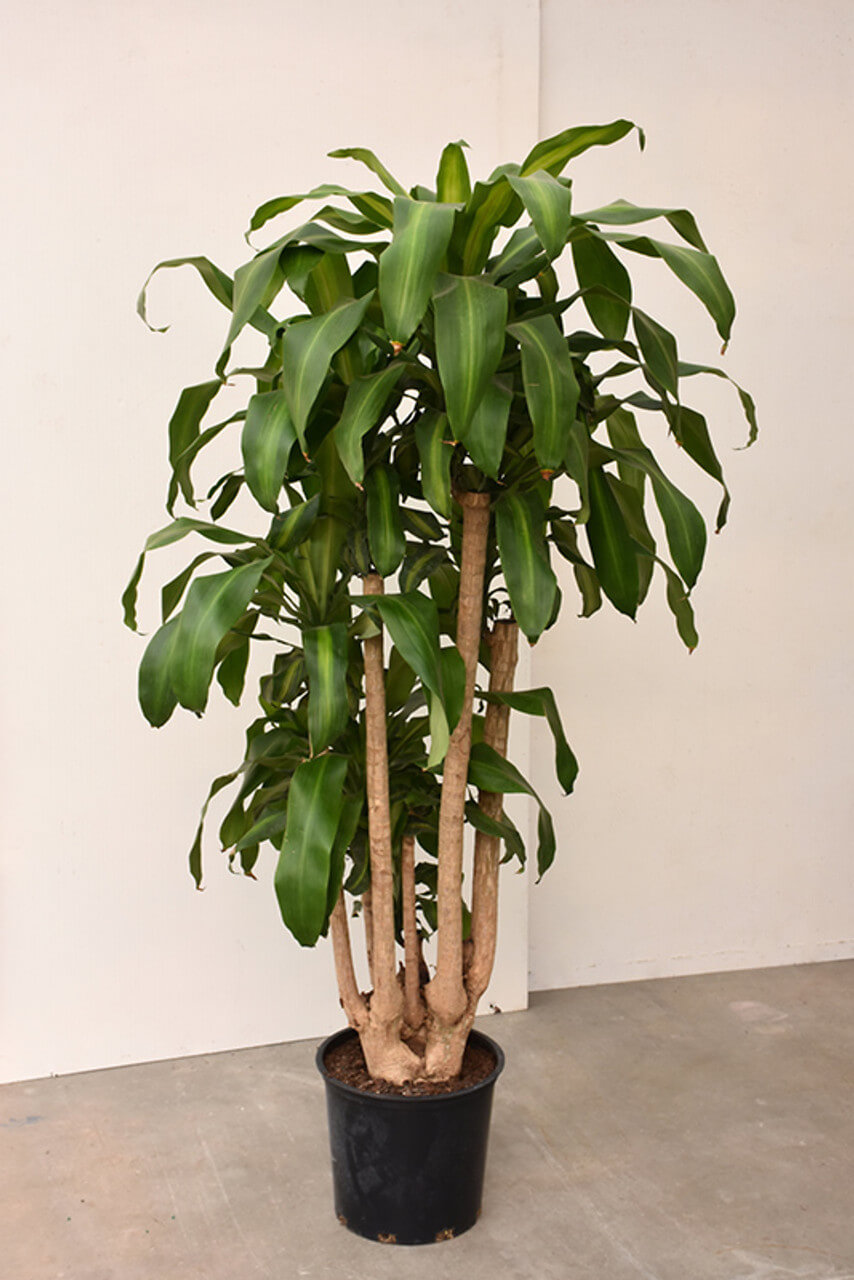 Source: Pike Nurseries
Source: Pike Nurseries
- Scientific name: Dracaena fragrans ‘Massangeana’
- Their ability to not only remove formaldehyde but also add green to your house thanks to their foliage ranging from yellow to green make it well-known
- They can be happy to be in hours in sunlight, especially medium to indirect sunlight
#11. Flamingo Lily
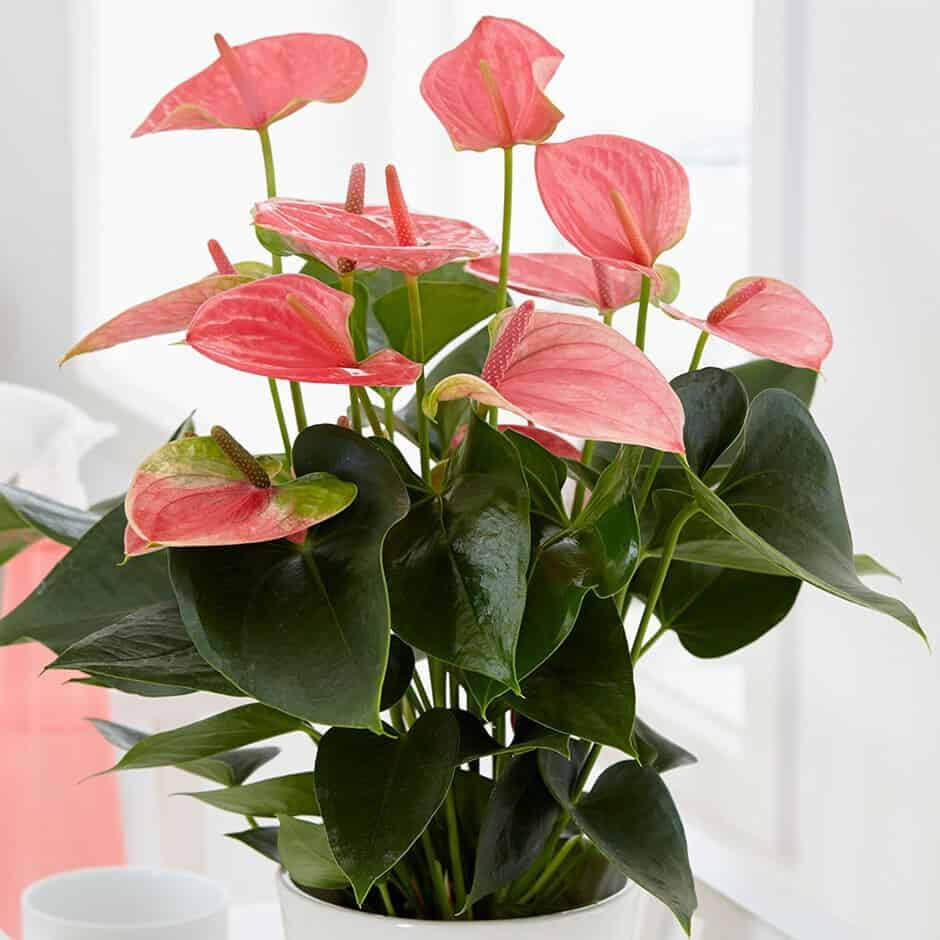 Source: MORFLORA
Source: MORFLORA
- Scientific name: Anthurium andraeanum
- They cleanse indoor ammonia, toluene, xylene, and formaldehyde
- They need bright, indirect light and high humidity. Mist the foliage daily and keep the soil moist but not soaked
#12. Peace Lily
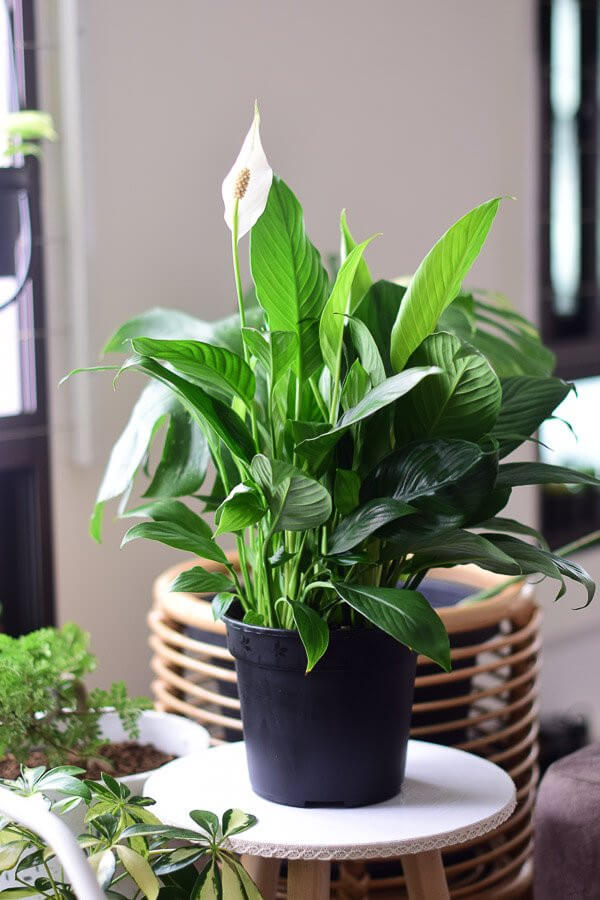 Source: PINE SG
Source: PINE SG
- Scientific name: Spathiphyllum ‘Mauna Loa’
- Defending your house from toxic gases like formaldehyde and carbon monoxide, they’re also preferable because of their foliage and unique blossoms
- They’re happy to be neglected and only need watering when the soil is dried out and the foliage starts to wither
#13. Philodendron
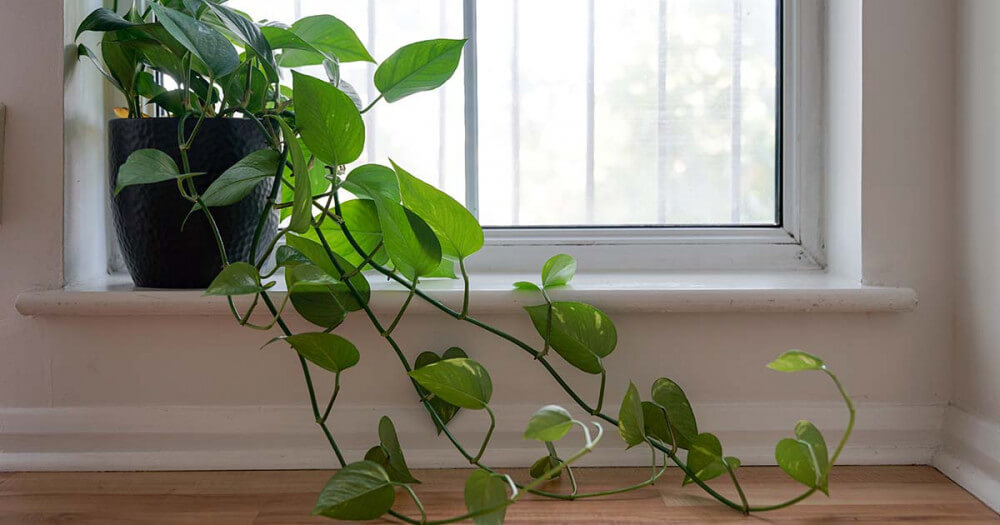 Source: Gardener’s Path
Source: Gardener’s Path
- Scientific name: Philodendron
- Researchers demonstrate that they remove indoor toxins like formaldehyde which may exist in carpets and cleaning products
- This houseplant can adapt well to any home together with bright, indirect light
#14. Golden Pothos Plant
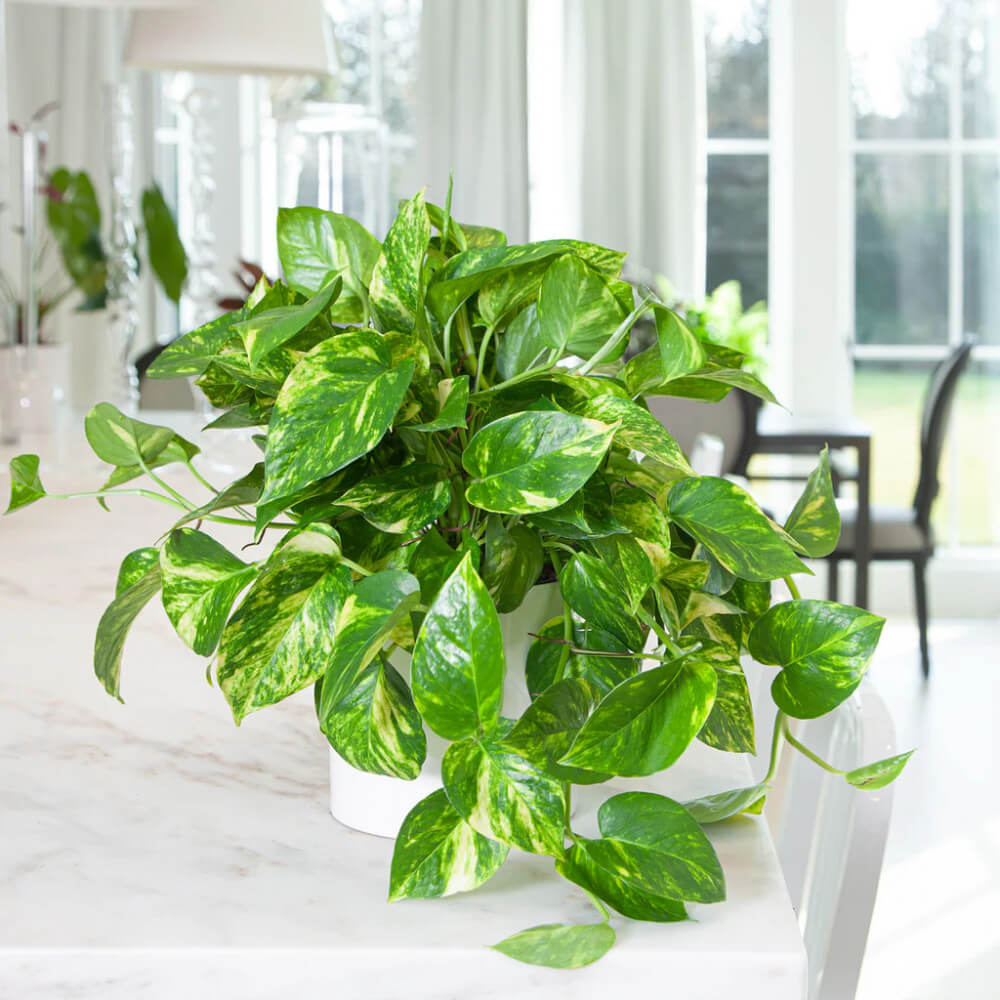 Source: Planterina
Source: Planterina
- Scientific name: Epipremnum aureum
- They’re confirmed to clear benzene, formaldehyde, toluene, carbon monoxide, and xylene
- They tolerate low light but this makes their leaves turn solid dark green
#15. Lemon Button Fern
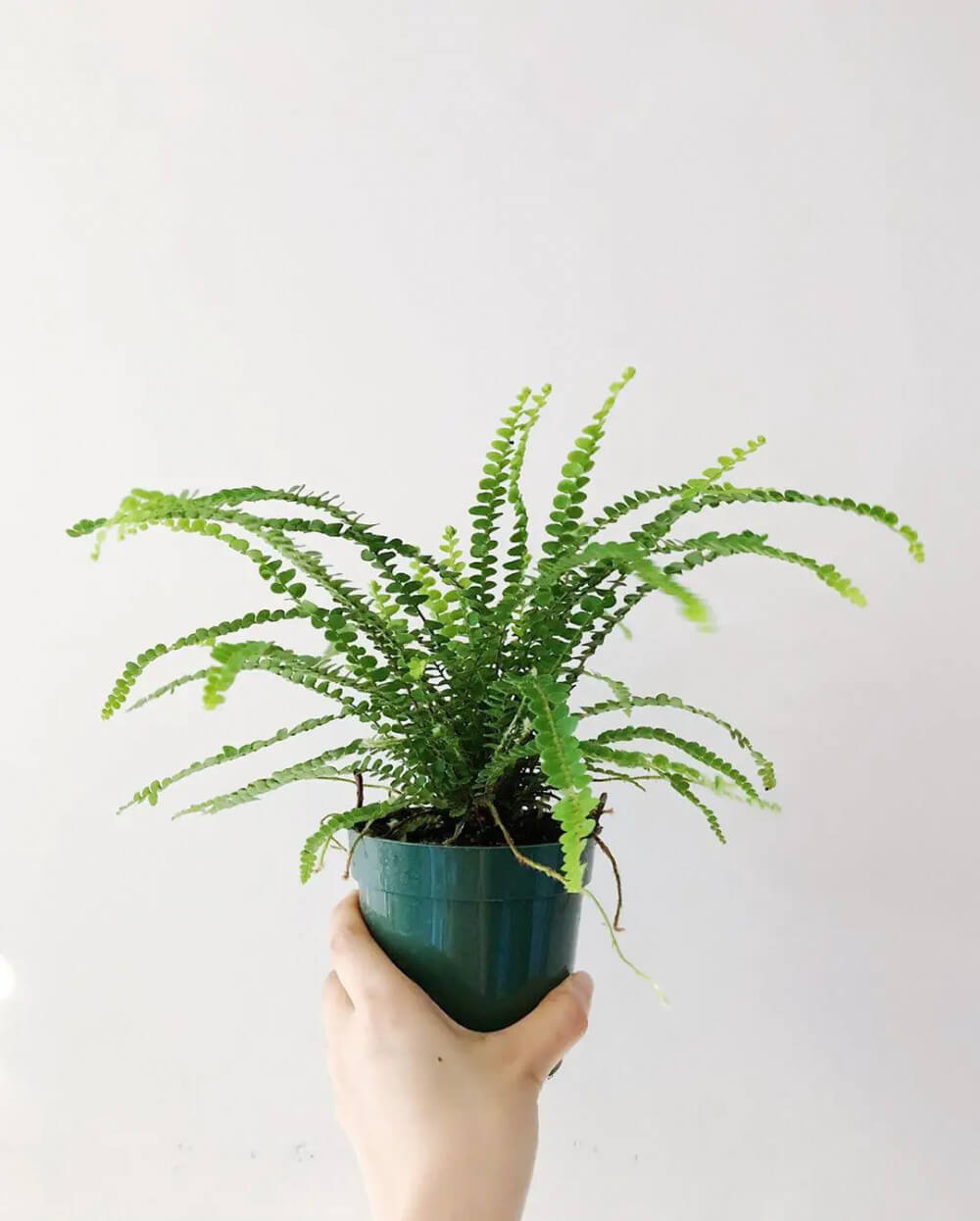 Source: Indoor Home Garden
Source: Indoor Home Garden
- Scientific name: Nephrolepis cordifolia
- They’re popular for their ability to eliminate toxins and clean indoor air.
- They’re happy to thrive in indirect light and enough humidity but they can tolerate dry soil than other ferns. Remember to dry out the soil after watering and before watering again
#16. Aloe Vera
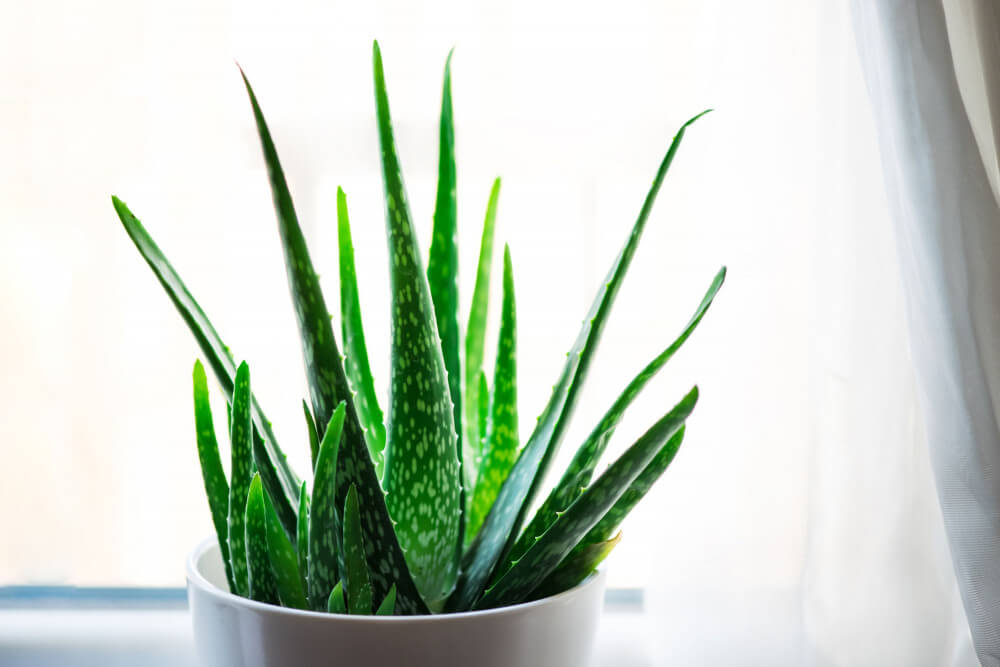 Source: Good Housekeeping
Source: Good Housekeeping
- Scientific name: Aloe barbadensis Miller
- They clean the air containing benzene and formaldehyde coming from paints, chemical cleaning products
- They need a sunny spot like the windowsill. Grow them in a cactus mix or add perlite or sand to improve drainage.
#17. Pink Nerve Plant
 Source: The Gardening Cook
Source: The Gardening Cook
- Scientific name: Fittonia argyroneura
- They filter toluene, benzene, and trichloroethylene from indoor air
- They’re low-maintenance houseplants that need bright, indirect light, high humidity, moist, well-drained soil
#18. Bamboo Palm
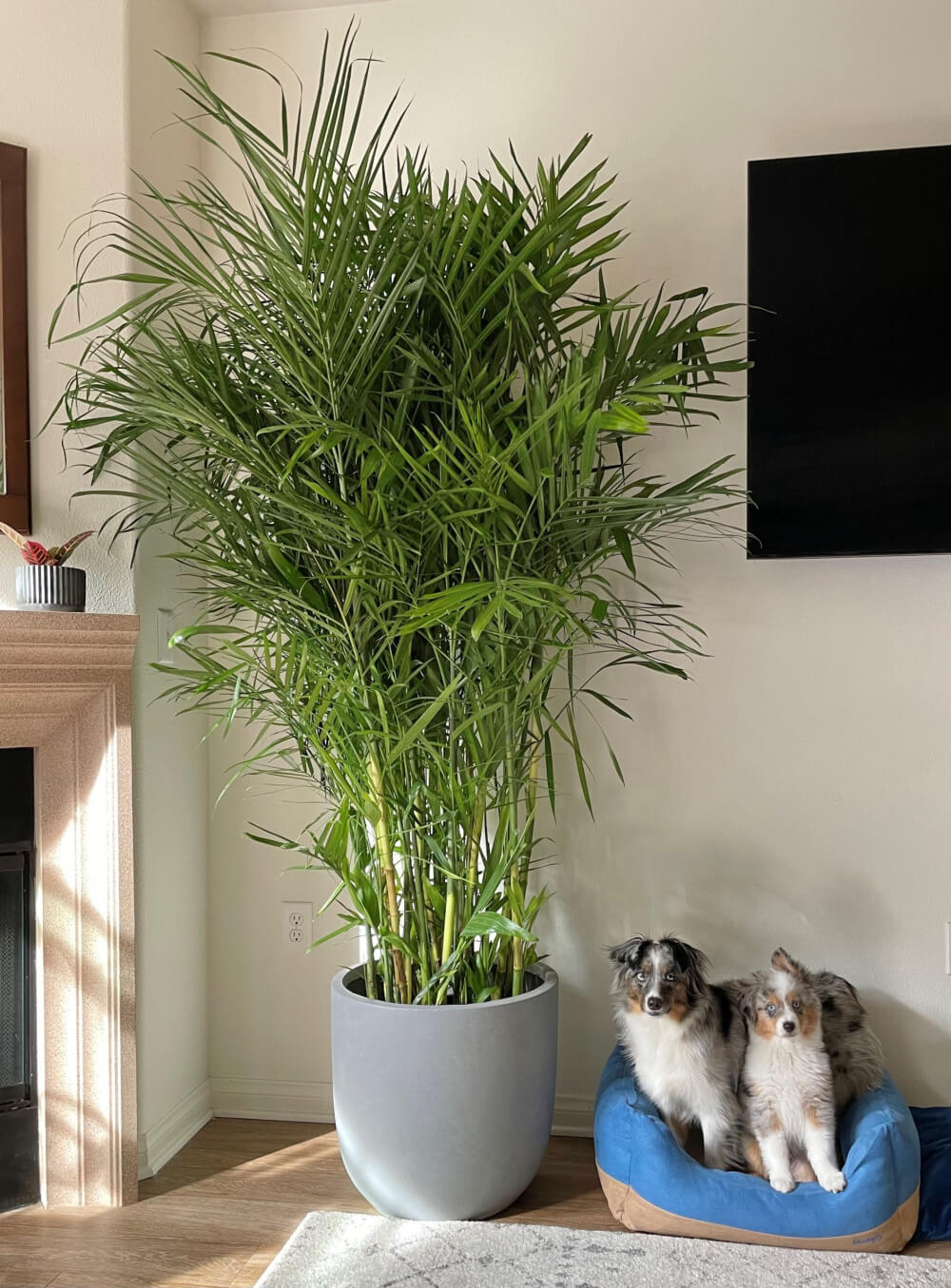 Source: Plantz
Source: Plantz
- Scientific name: Chamaedorea seifrizii
- They remove harmful elements such as benzene and formaldehyde
- A great houseplant that prefers part sun or shade
#19. Lady Palm
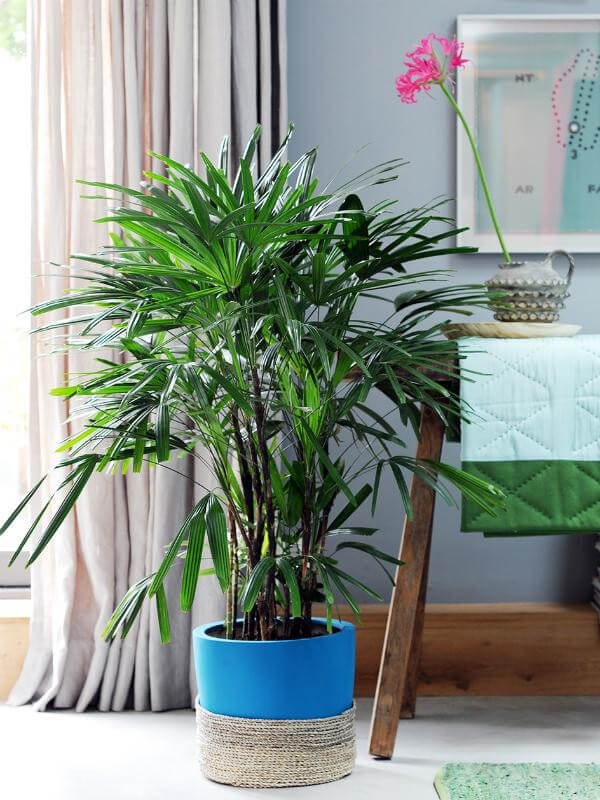 Source: Frondly Plants
Source: Frondly Plants
- Scientific name: Rhapis excelsa
- They help to reduce the ammonia found in cleaning products. It also filters out benzene, nitrogen oxide, formaldehyde, xylene, and toluene.
- They can tolerate low light, so they’re perfect for dim corners. They like moist soil but need sufficient drainage
#20. Parlor Palm
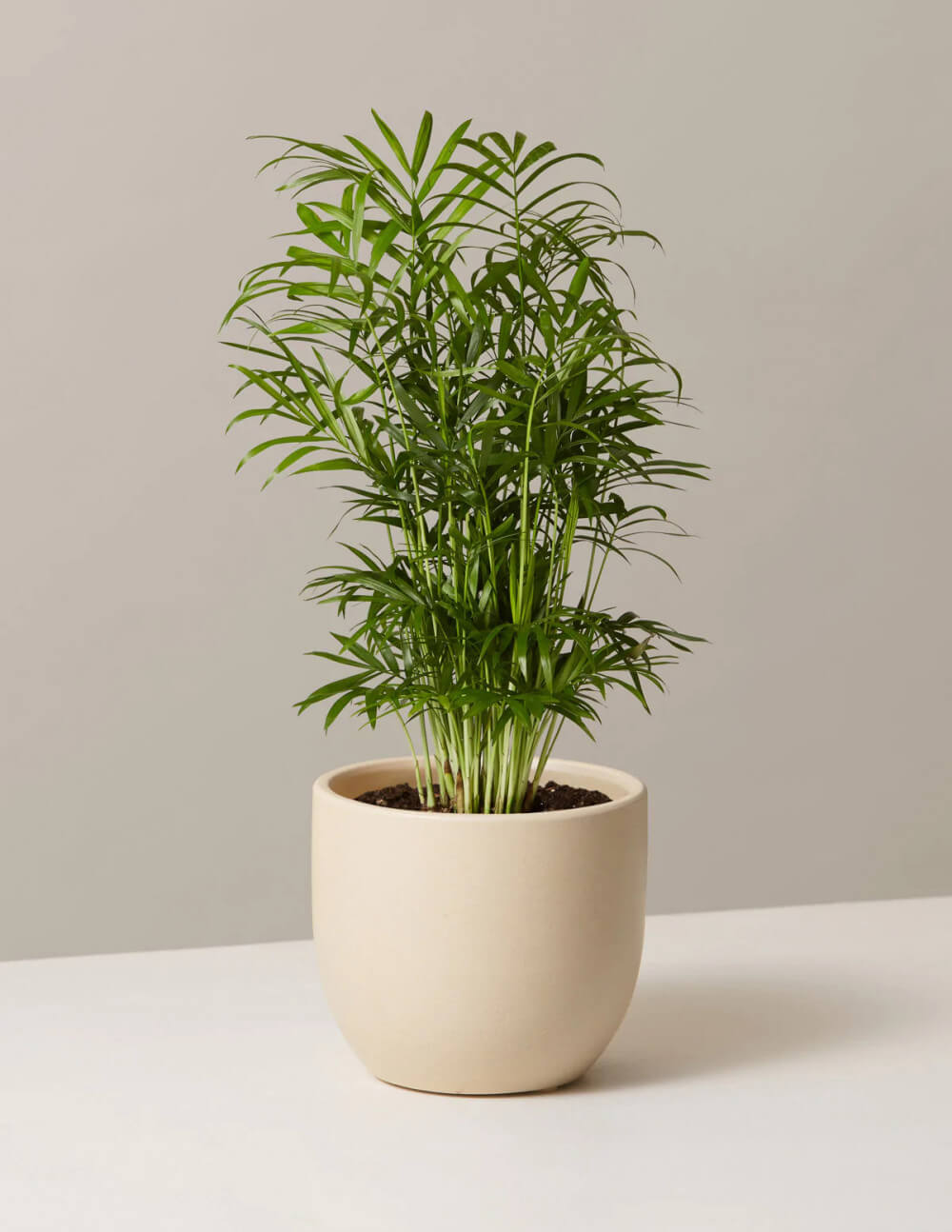 Source: The Sill
Source: The Sill
- Scientific name: Chamaedorea elegans
- They clean the air by removing benzene and trichloroethylene out of your home and your workplace
- They live happily in low light condition
